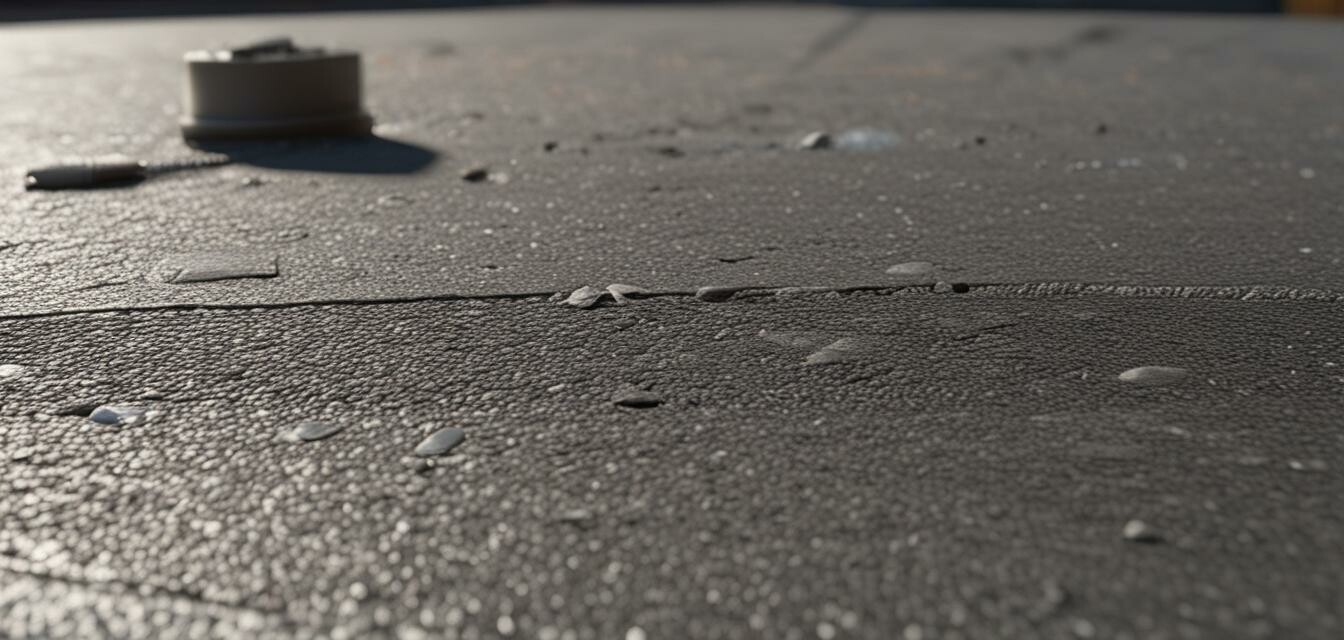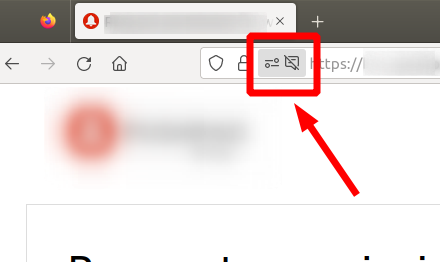
How to choose the right crack filler for your needs
Key Takeaways
- Understand the types of cracks in your asphalt surface.
- Select crack fillers based on the crack size and expected movement.
- Follow application guidelines for optimal results.
- Maintain safety practices while applying crack fillers.
Cracks in asphalt surfaces are a common sight and can lead to further damage if not addressed promptly. Choosing the right crack filler for your specific needs ensures that repairs are effective and long-lasting. In this guide, we will discuss the types of crack fillers available, tips for application, and how to make informed decisions.
Types of cracks in asphalt
Before selecting the appropriate crack filler, it's crucial to identify the kind of cracks present in your asphalt. Here are the most common types:
- Hairline cracks: These are very thin cracks that usually don't exceed 1/8 inch in width.
- Small cracks: Typically ranging from 1/8 inch to 1/2 inch in width.
- Large cracks: Cracks that exceed 1/2 inch in width and may require more robust repair solutions.
- Alligator cracks: A series of interconnected cracks that form a pattern resembling alligator skin, indicating severe damage.
Choosing the right crack filler
When selecting a crack filler, consider the crack type, expected temperature fluctuations, and whether there's any movement in the pavement. Here’s a breakdown of common crack fillers:
| Crack Filler Type | Best For | Key Features |
|---|---|---|
| Liquid crack filler | Hairline and small cracks | Easy application, fills small gaps, dries quickly |
| Latex crack filler | Small to medium cracks | Flexible, allows for movement, water-based |
| Asphalt repair sealant | Medium to large cracks | Durable, great for larger gaps, weather-resistant |
| Cold pour crack filler | Large cracks and alligator cracking | Ideal for heavy traffic areas, self-leveling |
Application tips for crack fillers
Proper application of crack fillers is as important as choosing the right product. Here are some essential tips:
- Clean the crack with a wire brush or blow out debris with a compressor.
- Make sure the area is dry before applying filler.
- Follow the manufacturer's instructions regarding application temperatures and methods.
- Apply the filler generously, allowing for some overflow to ensure full coverage.
- Smooth the surface with a trowel for a seamless finish.
Safety guidelines
While applying crack fillers, always ensure safety. Here are a few guidelines to follow:
- Wear protective gloves and goggles to prevent skin and eye irritation from chemicals.
- Work in a well-ventilated area, especially when using solvent-based products.
- Follow all safety instructions on the product label.
Pros
- Effective in preventing further asphalt damage.
- Extended longevity of your asphalt surface.
- Cost-effective repairs compared to full resurfacing.
Cons
- Requires proper assessment of crack types.
- Weather conditions can affect application.
- Not all fillers are suitable for every application.
Where to learn more
If you're interested in more about maintaining your asphalt surfaces, check out our guides on how to maintain asphalt surfaces and buying crack fillers and sealants.
Explore our categories to find products that suit your needs:

